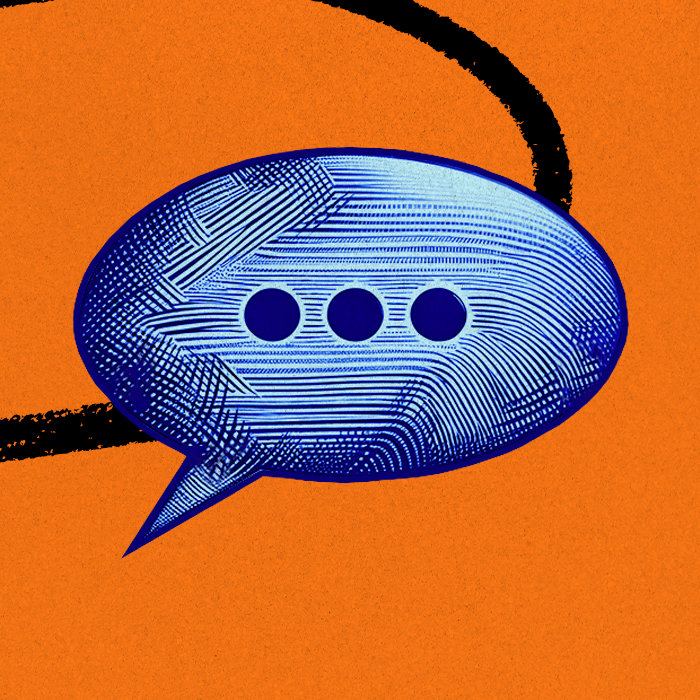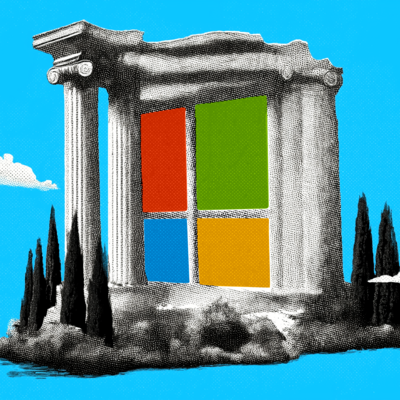
The destination chatbot market has become a knife fight for dominance.
A year after OpenAI’s release of ChatGPT-4, Google and Anthropic have caught up in the quality of their chatbot products. They’ve both released public or private beta models (Gemini 1.5 Pro and Claude 3 Opus, respectively) that sport larger context windows than GPT-4. They also match GPT-4 by benchmark and surpass it in vibes, in certain cases.
OpenAI is still clearly the winner by popularity, though. I’d be surprised if Google or Anthropic truly threatens it for mainstream adoption in the near future. And I’m curious to see what OpenAI does next. I’d be willing to bet that the company has a compelling response up its sleeves. Today, though, I want to talk about startups.
How vulnerable is ChatGPT to disruption? Let’s say OpenAI maintains its dominant position against incumbents—will it be able to maintain it against disruption?
Both Google’s Gemini mishap and the sometimes-backwards trajectory of ChatGPT response quality over the last few months suggest to me that large chatbot players are vulnerable to disruption—unless they modify their product strategy. Let me explain why.
A quick primer on disruption
The word “disruption” is used colloquially to mean any instance where a startup beats an incumbent, but in its original formulation, it meant something specific.
Disruption, as theorized by Clayton Christensen in the early 1990s, is a process by which a startup offers a lower-cost product that performs worse along standard dimensions of performance for a small subset of customers outside of the mainstream. The product gets adoption, though, because it performs better on a new dimension of performance that is important to its niche customer set. Over time, the disruptor improves on standard performance metrics so that it can move up-market to higher-value customers, while maintaining its other advantages.
The startup is able to displace a larger, well-managed incumbent because the latter sees that the startup’s original product is lower cost and lower margin, and generally performs worse. So it looks like a bad business. Therefore, the incumbent fails to react until it’s too late.
It’s a neat theory because it proposes that businesses fail not because managers are stupid, but because smart managers at incumbents properly following the incentives of their business and sticking close to their customers become blind to disruptive innovations. (For more on disruption theory from me, see this previous piece.)
Disrupt, dip, dive, and disrupt
Disruption happens when a startup releases a product that’s lower cost and lower performing than a large incumbent’s product—except that it outperforms in one dimension that the incumbent won’t copy.
There’s a very clear area where this applies in chatbot land: returning risky responses.
In December 2022 I wrote in "Artificial Unintelligence":
“We’re already at a point in the development of AI where its limitations are not always about what the technology is capable of. Instead, limits are self-imposed as a way to mitigate business (and societal) risk.”
In other words, while large incumbents are scrounging for every last available GPU and hoovering up every last bit of data they can find to train ever-larger models, they are ignoring the fact that inference quality isn’t limited by the amount of data they use for their training runs. Instead, it is limited by their willingness to look bad or get sued.
The Only Subscription
You Need to
Stay at the
Edge of AI
The essential toolkit for those shaping the future
"This might be the best value you
can get from an AI subscription."
- Jay S.
Join 100,000+ leaders, builders, and innovators

Email address
Already have an account? Sign in
What is included in a subscription?
Daily insights from AI pioneers + early access to powerful AI tools









Comments
Don't have an account? Sign up!
Spot on. Great analysis.
@chris_6999 thanks chris!